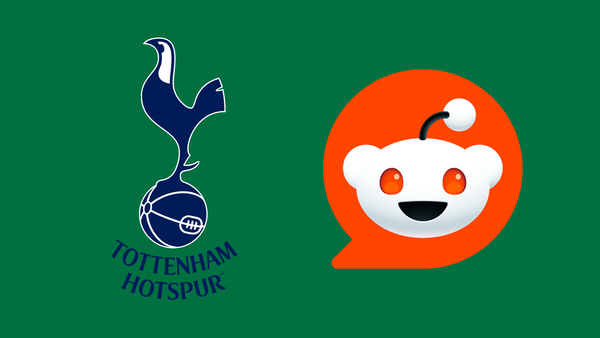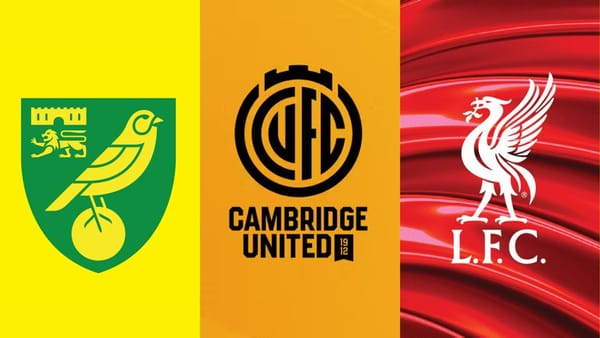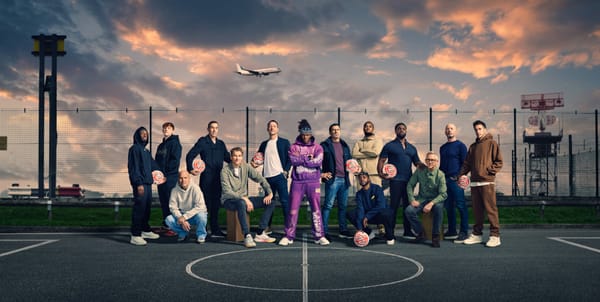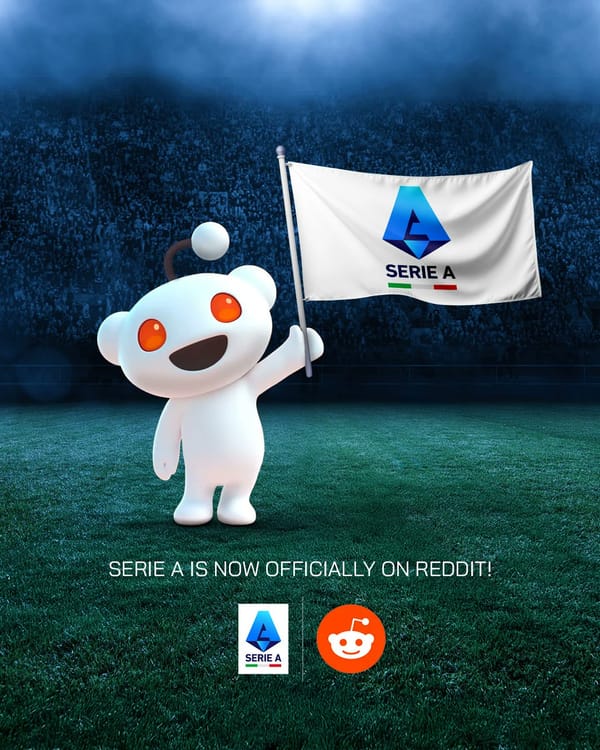Snapchat in sport: What is it? Who's on it? And what do clubs need to consider?

Move over Facebook and Twitter: there’s a new social network in town.
Snapchat is an app on which users can send Snaps to each other, which consist of photos, videos, or text. These can either be sent direct to someone you know, or posted as a story which is live for 24 hours before disappearing. If you don’t catch it in that time you’ll never see it again.
It’s been going for over four years now, and it’s estimated that users watch 7 billion videos on the platform every day. The main users are between the ages 13 and 23 – which is why it’s becoming such a valuable and useful platform to advertisers.
How is Snapchat being used in sport?
Sports teams – particularly in the UK – are slowly coming round to Snapchat. The England rugby union team are on there, as are Somerset County Cricket Club, and as of March 2016 15 of the current 20 Premier League clubs have accounts (the latest, Everton, joined on 4 March). Take-up in football, in particular, has increased this season: in August 2015 only seven of the league’s clubs were using it.

From left: snaps from england_rugby, somersetccc, and everton (clicking the links on mobile will let you add each account on Snapchat).
Due to the nature of how the app works, there’s no pre-recorded or prepared footage: everything is filmed right there and then. You don’t put things through pre-production and, other than adding captions, emojis and overlays created by Snapchat, footage and images are quite raw. You can take this material out of Snapchat to use elsewhere, but you can’t import anything into the programme. This creates a challenge for clubs as it’s difficult to plan or script what’s going to happen on camera, instead relying on multiple takes to get things right (explaining why generic shots from training tend to be the most common).
In America, however, Snapchat has taken the sports industry by storm. All 20 MLS clubs are currently signed up, and the MLB recently held a ‘Snapchat day‘ on which players posted snaps from the dugout. Even the MLS itself has jumped on board, generating some brilliant content by handing control of their account over to certain players at times. They post videos of themselves talking to camera, allowing them to communicate directly with fans, as well as showing their more playful sides by using the app’s filters to swap faces with other players.

Snapchat use in the MLS is a lot more advanced than the Premier League – players regularly get access to the account and post videos and photos of them having fun using the app’s filters.
The result is a lot more access to players than currently on display in the Premier League, where content so far has been a bit safe.
Why should clubs join Snapchat?
The answer to this appears pretty simple on the surface: that’s where your fans are. Vedran Vukušić, a former professional basketball player who now helps run Overtime, has the numbers:
“By the rate it [Snapchat] is growing now, the sky is the limit. I mean, this app had 7 billion daily video views in January 2016 which is three times more than what they had in May 2015. In comparison, Facebook has 8 billion daily video views.
“This number is more impressive when we know that Facebook’s 8 billion views are on mobile and desktop, and Snapchat is only mobile. Snapchat has 100 million daily active users and 200 million monthly active users.
“This is a massive audience, and the majority are millennials, who shifted their attention away from Facebook, and now even Instagram. They are all a club’s potential fans and customers.
“What is important to note is that this app offers unedited and uncensored content to fans, content which they don’t usually have access to. And more importantly, it’s ad-free, which is one of the main reasons so many people are on Snapchat.”
The reasoning is compelling and, judging by the increase in sports teams on the network, the clubs are realising the potential too. Can any afford to be left behind?
Who should look after your account?
For a lot of clubs, the resources to employ one person just to look after the account simply won’t be there. This means the job is probably going to fall to someone in the communications team, more than likely adding another digital platform to their roles.
But producing a Snap isn’t a quick job, as Vedran explains:
“They need to be creative because of all the possibilities Snapchat has to offer. And they need to have access to all parts of the stadium, training facilities, go on road trips, etc.
“It is important to educate this person, as well as all of your players about the use of Snapchat because mishaps have already been discovered.
“My advice to any new team on Snapchat is to use this platform mostly on game days – inform yourself about TV rights before hand – since there is a lot of engaging content on those days. This doesn’t mean you should ignore all the other days however; there are plenty of opportunities to create content throughout the week.”
The rights issue in particular is one that clubs need to be aware of, and may explain why MLS clubs are way ahead of the Premier League at the moment. In America the restrictions over what can be broadcast on social media allow clubs to post Snaps of the action from pitch side. In Europe it’s very unlikely you’d see this kind of content during football matches due to the broadcast restrictions. This means football clubs have to be a bit more creative when it comes to Snapchat.
These restrictions don’t apply across all sports – or all competitions – however, but it’s another hurdle to try and navigate.
There’s also the argument that if all of the match action is available on a free app such as Snapchat, who’s going to attend games? It’s a lot easier to watch the action on your phone than pay entry fees, or stump up for the TV subscriptions that broadcast live games.
And if you want your Snaps to be popular, they need to be creative. This takes time and needs someone with an eye for using emojis and handwriting, not to mention a steady hand for holding the camera.
Creativity also comes into generating content outside of most teams’ biggest days of the week – game day. Communication is important here: communication teams need to know what’s going on throughout the club and recognise the potential for Snaps. England Rugby have posted clips and images of school tournaments taking place, while Man City also use their account to promote the work being done by the club’s women’s football team in the community. This helps to break up the relentless footage of training drills.
Which accounts are setting the best examples?
Once again, we’ll hand over to Vedran for his opinion on the best accounts to follow for examples of how to use Snapchat:
“The best accounts are easygoing, creative, they post various content to engage their followers, and are very clever about implementing ads in their content.
“My favorite Snapchat accounts are David Alaba’s and Southampton’s because of the way they communicate. What I’ve noticed about Southampton is that they never post the same or even similar stories, which makes it more interesting for their followers. They always keep them on their toes which is a great way to grow your fanbase.
“David Alaba is a really cool guy – or at least he seems to be on Snapchat – who posts pretty much everything from his life, from his visit to the dentist’s or barber to joking around with Manuel Neuer during practice. This is incredible content that we cannot see every day, and it shows how relaxed the communication on Snapchat is.”
Check out my brand new Snapchat account: da_twentyseven 👻👌 #da27 pic.twitter.com/g2UkKoqNdT
— David Alaba (@David_Alaba) October 3, 2015
With Snapchat, access is key. Fans want to see players and, as Vedran points out, they also want to see things they can’t see anywhere else.
Trusting players can help generate some of the best content. As mentioned at the start of this piece, the MLS do a great job of handing control of their account over to players. The result is engaging content that really allows the players’ personalities to shine – something that doesn’t seem to have started happening at any clubs in the UK yet.
Will we see more clubs joining?
Used correctly Snapchat can be a very powerful tool for fan engagement, and a great addition to any team’s social marketing toolkit. Given the large numbers watching content every single day it seems a no brainer that more clubs will sign up in future.
Our thanks to Vedran for taking the time to discuss the role Snapchat can play in sports marketing. Overtime’s ebook Snapchat in Sport, which outlines common mistakes to avoid as well as ideas for content outside of match days, is available to purchase here.





